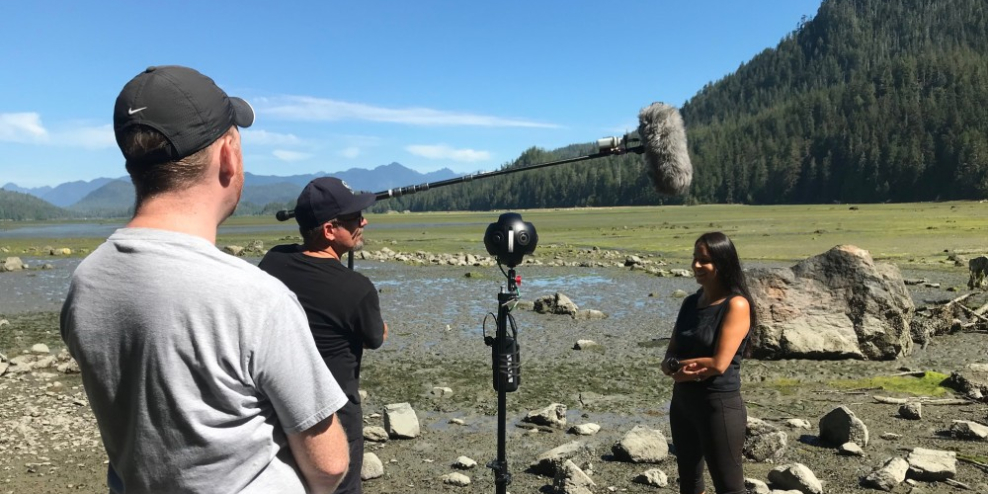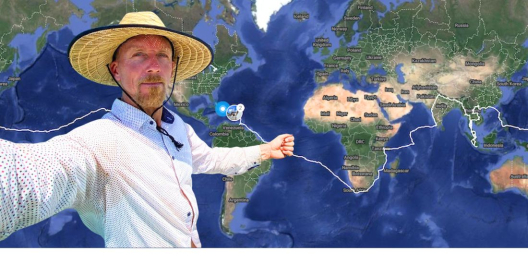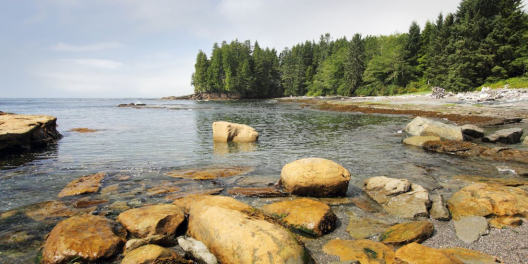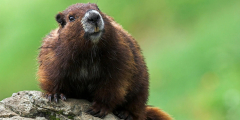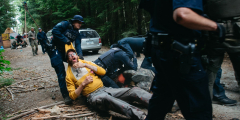Virtual reality (VR) is probably the last thing most of us would think of using to meet environmental targets in the real world.
But sometimes, innovation happens in unexpected ways.
Nothing makes people feel more protective of west coast forests than spending time in them.
Unfortunately, not everyone gets that chance.
That’s where virtual reality comes in.
Nature United, a non-profit conservation organization, has produced two different virtual experiences to help people get to experience the natural and cultural riches of Clayoquot Sound better.
Nature United’s two VR projects tell interactive stories from Ahousaht and Tla-o-qui-aht territory. They aim to change how viewers see land conservation.
Tyson Atleo, the hereditary representative for the Ahousaht First Nation and the Natural Climate Solutions Program director for Nature United, said the VR experience is a way to amplify indigenous voices in an engaging way.
“It produces such an emotional reaction to wanting to take care of place, and that’s what we hope was translated through this [virtual reality] project,” Atleo said.
For Ahousaht and Tla-o-qui-aht nature guardians, proper “land use” goes far beyond protecting natural resources.
Gisele Maria Martin ƛaʔuuk is a cultural lifeways guardian who helped create the “Cedars Story” VR experience.
The use of the ƛaʔuukʷiʔatḥ language throughout the video creates a greater understanding of the deep connection that exists between the land and its people, Atleo and Martin ƛaʔuuk explained in a story for Ha-Shilth-Sa.
“In English, people are talking about land-use planning. But in our own language, I just can’t put it that way; it’s land-care planning, [and] it’s land-responsibility planning. [That] is what our ancestors have always done,” said Martin.
The two VR experiences, “Cedar’s Story” and “Nature’s Guardians,” were last shown at the Convention on Biological Diversity (COP15) in Montreal last December.
“People from around the world were transported to Ahousaht territories, virtually, and had the opportunity to see and experience what our guardians do day-to-day and how they feel about the work that they do,” said Atleo.
It made the region’s unique powers tangible to international viewers in a way that could never be gained without a plane ticket.
“Experiencing something through multiple senses will always be a richer educational experience than just reading about it or hearing about it,” said Jacqueline Nunes, director of Marketing and Communications for Nature United.
When people understand, they care; when they care, they act.
The “Emerald Edge,” ancient forests which stretch from Alaska through to Oregon, hold 300 million tons of carbon per year, according to Nature United.
If VR is what it takes to convince people to protect them, then maybe it’s helping create a better future after all.

